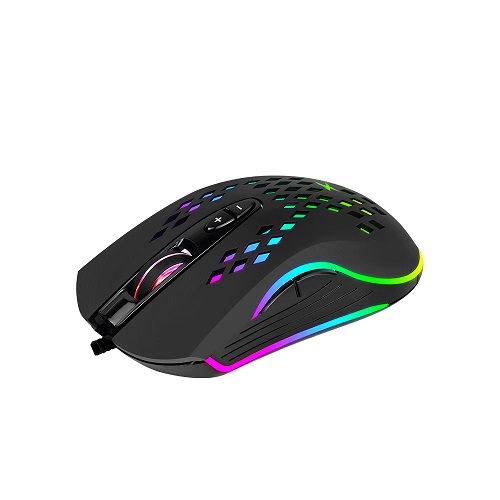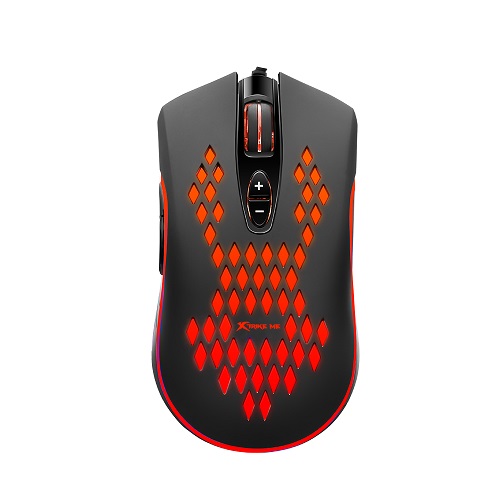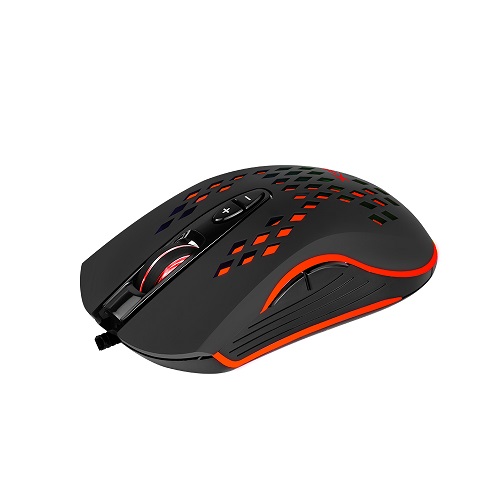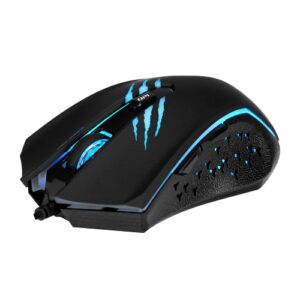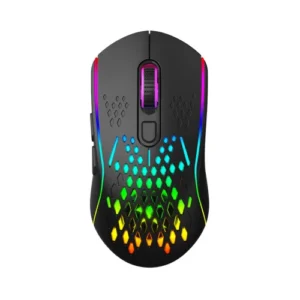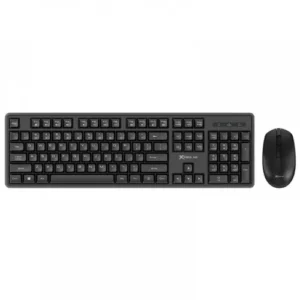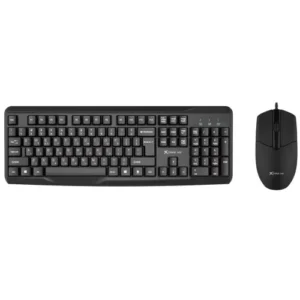Understanding Gaming Mouse Specifications
When selecting a gaming mouse, understanding its specifications is paramount as they directly impact gaming performance and user experience. One of the primary considerations is the connection type, with wired mice often being preferred for their reliability. Wired gaming mice utilize a direct connection to the computer, which significantly reduces input lag compared to wireless options. This aspect is crucial for competitive gamers where every millisecond counts during intense gameplay. The stable connection offered by wired mice also ensures a consistent performance devoid of interruptions caused by signal interference.
Another essential specification is the DPI (dots per inch) setting, which dictates the sensitivity and cursor speed of the mouse. Common DPI settings for gaming mice range between 800 to 6400, with many mice allowing on-the-fly DPI adjustments. Higher DPI settings enable swift cursor movements, which can be beneficial during fast-paced games; however, lower settings often provide greater precision, essential for targeting in competitive scenarios. Selecting a mouse with the appropriate DPI range can therefore greatly enhance targeting accuracy and overall gaming efficiency.
Additionally, the cable length of a wired gaming mouse plays a vital role in gameplay comfort and freedom of movement. A typical cable length of about 1.5 meters provides ample slack, allowing gamers to maneuver their mouse without feeling restricted or hindered by cable tension. This helps maintain comfort during long gaming sessions and reduces the chance of accidental disconnections. Understanding these specifications—connection type, DPI settings, and cable length—can ultimately assist gamers in choosing a mouse that aligns with their needs and playstyle, fostering a better gaming experience.
Physical Features and Warranty Information
When evaluating the physical specifications of a gaming mouse, its dimensions and weight are crucial aspects that can significantly impact the user’s comfort and performance during extensive gaming sessions. For instance, a popular gaming mouse measures 125 x 66 x 40 mm and weighs approximately 80 grams. These measurements are tailored to provide an ergonomic fit, allowing players to maintain a natural wrist position and avoid strain even during prolonged use. A well-designed mouse minimizes fatigue, facilitating longer exchanges of gaming without hindrance.
Equally essential in the discussion of physical attributes is the presence of multiple programmable buttons. The aforementioned mouse features a total of 7 physical buttons, which can be customized to suit the player’s preferences. This level of personalization enables gamers to assign specific actions, macros, or shortcuts to these buttons, streamlining their gameplay and giving them a competitive edge. This customization caters to various gaming genres, from fast-paced first-person shooters to strategy games, allowing for adaptability to different scenarios.
Beyond just the physical characteristics, understanding the warranty information is vital for consumers seeking assurance in their purchase. This gaming mouse typically comes with a standard 1-year warranty, which signifies the manufacturer’s commitment to product reliability and support. A warranty of this nature provides consumers peace of mind, as it covers defects in materials and workmanship for the duration of the guarantee. Should an issue arise, users can expect assistance and potential replacement, ensuring they can rely on their mouse for uninterrupted gameplay.
